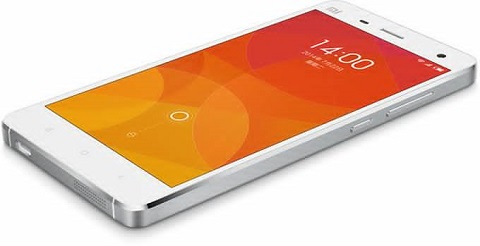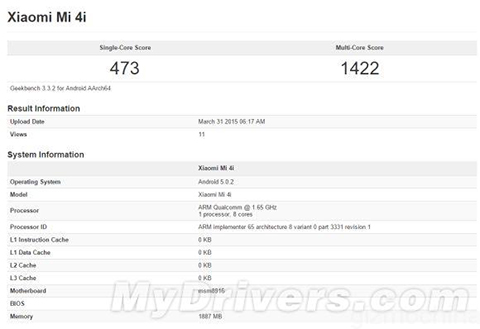
Last week, Xiaomi Philippines has announced that Mi products will soon be available in retail stores. This is a stark contract to their core strategy of selling directly to consumers rather going thru dealers and retailers, thereby saving up on cost and passing the savings to Mi fans.
So, why the move to offline from an pure online strategy? Perhaps, you might want to read up on our previous article on “Top 5 Crazy Filipino Gadget Buying Habits“.
Xiaomi PH used to be exclusively sold by Lazada Philippines since last year. They’ve also tried doing a pop-up store sometime last year, giving them insights on offline buying habits of Filipinos.

But why are they going offline when the online-only strategy has been their biggest advantage over many other brands in the region? Well, it could be 2 things:
1) Low online adoption. Despite Lazada’s digital marketing prowess, not enough people are buying Xiaomi products which could be due to several factors — provincial fulfillment (couriers do not deliver to some remote areas), low credit card penetration (just 5%), and low internet penetration (35%).
2) Consumer Confidence. Some online retailers have shared with us that as many as 25% of their potential customers are afraid of transacting online. Many others also want to touch and feel the devices first before deciding to buy one. Add to the fact that Xiaomi isn’t yet a household name like Samsung, Apple, Sony or LG.
This move is not unique to the Philippines. Xiaomi has done this in India as well.
Better Availability and Customer Reach. The biggest advantage to customers will be provincial availability of Mi products. That means you can just go to a number of retailers (perhaps MemoXpress or Villman) and inspect the gadgets before buying. This will also place the devices on open sale (no more 1 day flash sale).
Higher Suggested Retail Price. By shifting from pure online to offline (dealers, retailers), Xiaomi will need to increase the SRP of Mi products. The additional margins will allow dealers/retails to make a decent profit to carry the items. This could be somewhere between 15 to 30%.
One example is the Mi In-Ear Headphones which now has a bumped up price to Php849 from Php695. That’s basically around 22% increase on the original price. Expect other models to be have similar percentage in price increase.
Here are our estimates:
Mi Powerbank 10400mAh – Php645 to Php785
Mi Powerbank 10400mAh – Php1,299 to Php1,599
Redmi 1S 8GB – Php4,999 to Php5,999
Redmi 2 8GB – Php5,999 to Php7,299
Mi Pad 16GB – Php10,999 to Php13,499
Online Price to Increase as well. While it makes business sense that retail stores will carry a higher price tag due to additional cost and margins, the online price (Lazada listed price) should remain the same right?
Well, there’s the One Price Tag Law (2006) that requires sellers to use a single unified price tag for their products. This was imposed before to prohibit merchants from giving two different prices — one for cash buyers and another higher price for credit card buyers (passing on the credit card charges).
This law also applies to the setup of Xiaomi. If the offline price is higher, then the online price needs to be adjusted to reflect the same price.
The Bottom Line. Well, it boils down to two inter-dependent factors — wider distribution channel vs. higher retail price. We think this will be a welcome change especially to provincial consumers. However, repeat Xiaomi customers/fans who are familiar with the brand and the quality products might be disappointed with the price increase.
With the new estimated SRP of MI products, do you think they are still a good buy?
The post What Xiaomi PH’s physical stores mean for consumers appeared first on YugaTech | Philippines, Tech News & Reviews.










